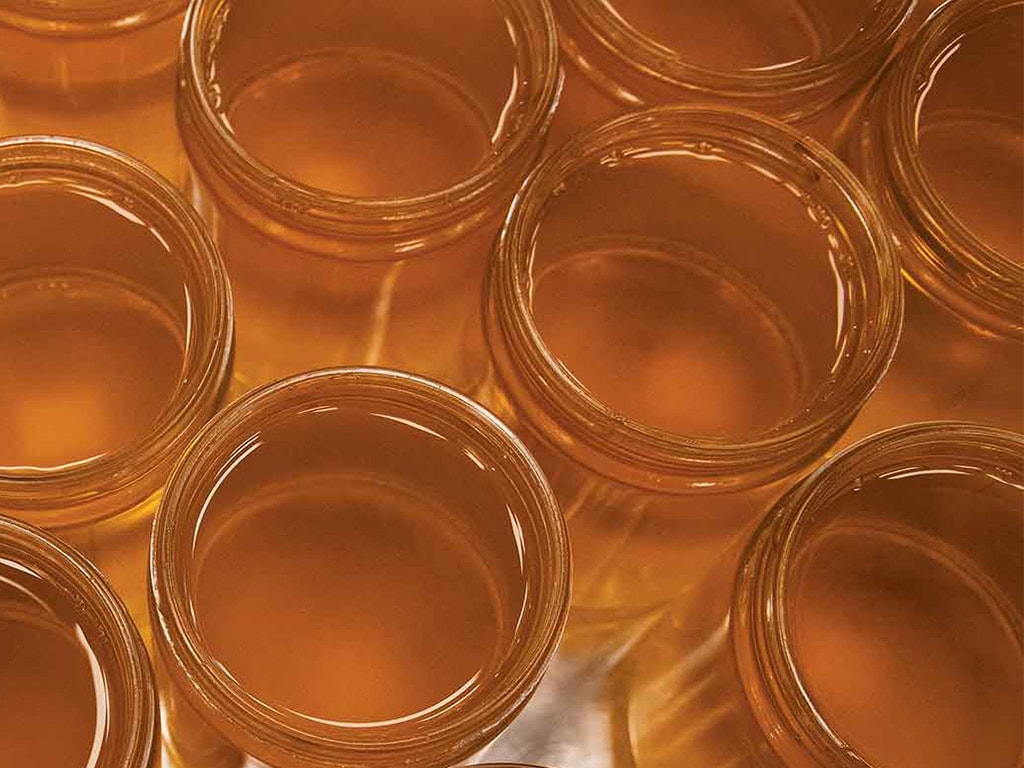Agriculture, Sustainability April 01, 2024
Worth the Wait
The benefits of balansa build day by day.
by Steve Werblow
In just 4 extra days of growth in June, 2020, a FIXatioN balansa clover cover crop more than doubled the amount of nitrogen fixed in the soil of an Indiana farm—soil N jumped from 114 pounds per acre to 262 pounds per acre between June 4th and 8th.
Biomass exploded in those four days, too, nearly doubling from 6,800 pounds of above-ground vegetation on the 4th to 12,700 pounds on the 8th. Below the surface, thick roots extended 36 inches or more into the ground, loosening soil and pulling nutrients within reach of corn roots.
Such massive growth and huge infusions of nitrogen explain why balansa clover is making waves among cover crop fans.
Forgotten. The overnight success of balansa clover has been a long time coming. Botanists who found the clover in Turkey named the species back in 1798, and University of Tennessee agronomists tested it a century later. Though Australian breeders developed modern lines for growers Down Under back in the 1980s, balansa was largely forgotten in North America for generations.
Poring over 19th century reports from Tennessee, breeder Jerry Hall of Grassland Oregon (GO) Seed spotted potential in balansa about 15 years ago. Hall contacted clover expert Norm Taylor at the University of Kentucky and they got to work improving Trifolium michelianum Savi ssp. balansae.
Hall targeted several key traits, starting with cold hardiness, which was a weak point for earlier strains of balansa. For better or worse, he notes, his first-year selection trials were pummeled by freezing rain and snow storms, immediately weeding out all but the most cold-tolerant varieties from the running.
Hall also selected for late flowering, which allows balansa the opportunity to produce plenty of biomass and fix tons of nitrogen while giving growers time to terminate it before it set seed.
"By delaying maturity, we extend the period of growth, allowing for more N fixation," Hall says.
GO Seed's balansa variety is called FIXatioN, a vigorous clover that's cold-hardy, comfortable in waterlogged soils, and more tolerant of low pH than most clovers. It is also a poor host or non-host for soybean cyst nematode.
Finally, Hall notes, balansa is a heavy user of phosphorus. As a result, it is especially handy for dairy producers looking for a cover crop or forage that can soak up phosphorus from years of manure applications.
Above. Dense bunches of nodules on FIXatioN balansa clover roots can fix enough nitrogen to support a corn crop. Breeder Jerry Hall of GO Seed revitalized balansa. Hall selected for late-blooming balansa to allow the clover to fix plenty of N while still giving growers time to terminate it.
Planting. Balansa is a vigorous plant in the spring, but it stays small for months after fall planting. That means it's important to plant balansa alone or with carefully selected partners.
"Brassicas and plants that are really vigorous can smother it out because FIXatioN is vulnerable in the fall and winter because of its small stature," warns Hall. "You've got to watch the seeding rates when you're using a blend so you don't put in too much seed of plants that can shade it out."
Hall adds that balansa does best in heavy soils and areas with regular, high levels of precipitation. Part of the challenge, he says, is that balansa germinates in as little as 48 to 72 hours after planting, so it should be seeded before a steady string of showers that can get the cover crop up and growing happily.
Purdue University agronomist Shalamar Armstrong has been experimenting with balansa clover and cereal rye mixtures planted in 30-inch-wide strips between rows left bare for corn. Seeding rates were half of broadcast recommendations, and the strips with balansa still delivered more than twice as much soil nitrogen as was found after a cover crop of cereal rye alone.
Despite its thick cover, balansa's hollow stems are easily crushed by roller-crimpers for efficient, reliable termination, points out Shannon Cappellazzi, GO Seeds' director of research.
Good management and the ability to wait those last few critical days before termination can make balansa a great investment.
"Not only could we talk about the cost per acre, we could talk about the cost per pound of nitrogen that you get," she says.
Cappellazzi is also studying the underground behavior of cover crops to document their biological and physical impacts. In one set of experiments, she grows cover crops in tubes that reflect a range of soil challenges, from hardpans to marginal pH levels.
She's optimistic that cover crops, including balansa, will help growers harness the power of roots and microbes for the benefit of their cash crops.
"I would say the biggest thing from the soil health movement is the recognition that it's the biology that is driving the dynamic processes in the soil," she says. ‡
Read More

AGRICULTURE, SPECIALTY/NICHE
Crystal Clear
Ghee takes butter to a new—and very ancient—level.

AGRICULTURE, SUSTAINABILITY
Lessons Learned
What Andy and Don Linder have learned from conservation practices.




